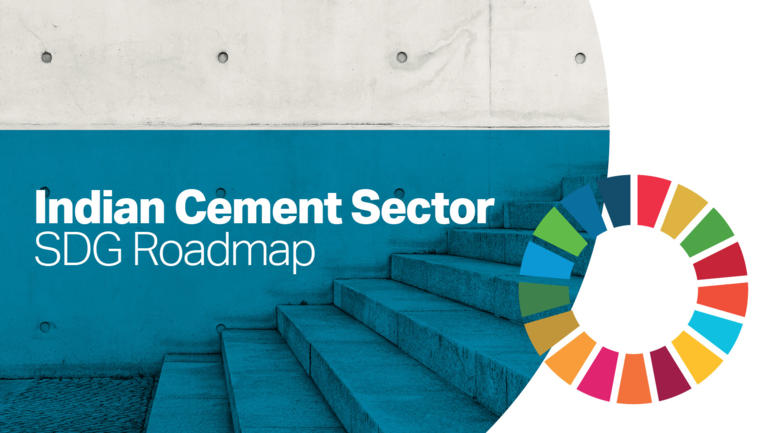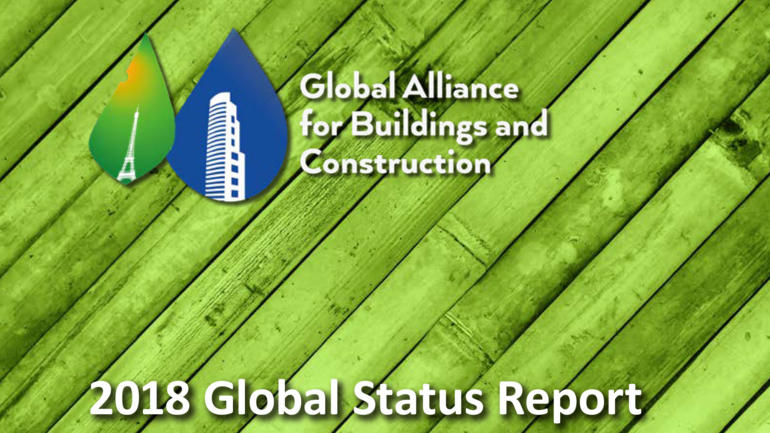Scope 3 accounting allows companies to understand the full climate change impact of their business throughout its value chain and develop more effective greenhouse gas (GHG) reduction strategies. Companies can then develop a value chain footprint that provides an accurate picture of the total impact of a company’s activities. This information will benefit the companies themselves, as well as their suppliers, customers, and other value chain partners.
By measuring Scope 3 emissions, cement companies can:
- Assess where the emission hotspots are in their value chain
- Identify resource and energy risks in their value chain
- Identify which suppliers are sustainability leaders
- Identify cost reduction and energy-efficiency opportunities across their value chain
- Engage suppliers and help them to implement sustainability initiatives
- Reduce their employees’ emissions from business travel and commuting
This Guidance outlines a clear and coherent approach to carrying out a scope 3 assessment and it helps cement companies to increase their understanding of its value chain emissions. It provides consistency for voluntary Scope 3 accounting and reporting in the cement industry by addressesing the main CO2 and non-CO2 GHG emissions from upstream and downstream activities related to cement production.
The percentage of emissions arising from Scope 3 emissions varies depending on the type of company and industry. For some companies, such as financial service companies, the percentage of emissions coming from Scope 3 will be significantly higher (can be 95% plus or even more in some cases) than those due to Scope 1 and 2 emissions.
In the Guidance, an example of the only current comprehensive numbers available amongst cement producers was quoted, showing Scope 3 emissions to be
approximately 17% of the total. These emissions arise from the whole value chain, including capital goods, purchased goods and services, energy-related
activities and transportation/distribution. Key factors include the source of the fuels being used, the type of procurement and the amount of transport undertaken









